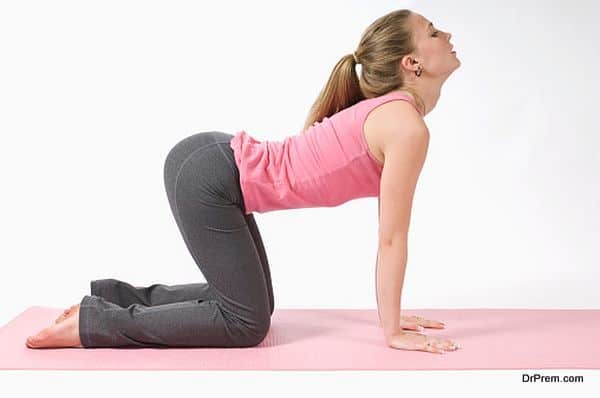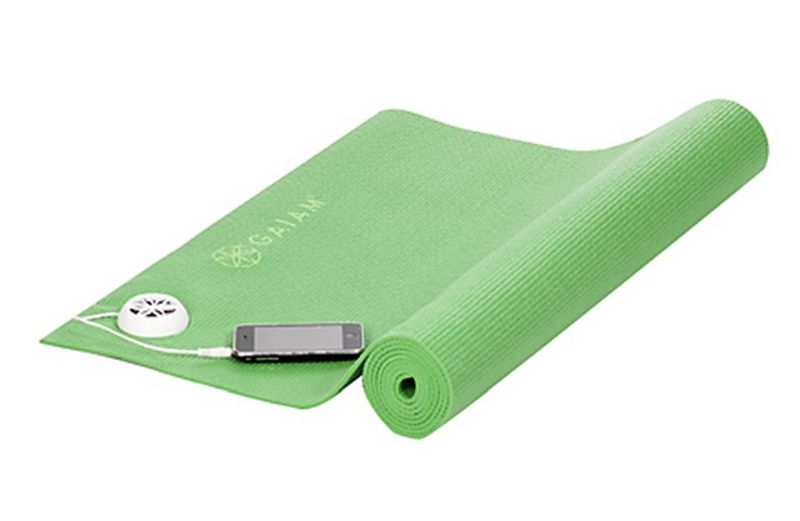Yoga is possibly one of the most fruitful, yet inexpensive, fitness practices that not only keep you in a good shape physically but mentally as well. All you need is a quality mat to keep your body in a perfect position during the yoga practice. The growing popularity of the ancient practice has enticed a number of manufacturers to produce an array of yoga mats, which at times confuses yoga practitioners. Following are some important aspects that one should consider while buying the right yoga mat.
Material:
The fabric of yoga mat is an important aspect which decides the level of comfort, stickiness and durability. You can choose between standard PVC (vinyl) yoga mats, best known for resilience and stickiness, and non synthetic yoga mats that uses natural and recycled rubber, jute and natural cotton. Yoga practitioners allergic to latex must stay away from mats made using natural rubber.
Thickness:
Normally the thickness of the yoga mat varies between 1/4 inch and 1/16 inch, which dictates the comfort level. If you are looking for a soft, comfy yoga mat, you can opt for 1/4 inch mat, but if you want to carry it with you while traveling, the 1/16 inch mat folds to fit in your suitcase with ease. While the 1/4 inch mat is too thick to let you feel the direct connection to the floor, on the other, the 1/16 inch mat is too thin to ensure a comfortable yoga practice. If you want a perfect combination of comfort and portability, you can go for the standard 1/8 inch range for a gripping yoga experience.
Traction or stickiness:
You need a perfect body balance while switching between different body postures, which aren’t possible without a sticky floor or mat. PVC yoga mats allow a better grip to keep the body in a steady position for several seconds, but you need to keep the mat clean to ensure better stability or traction.
Texture:
The texture is an important aspect of the yoga mat that prevent slipping and sliding while practicing yoga as your body balance relies on the traction provided by the texture of the mat. Yoga mats with raised texture give more stickiness to hold your body in a particular pose or position for a longer period. For better texture, you can go for either jute yoga mats that come with organic roughness or PVC yoga mats with tactile pattern to allow added grip and stay put even in sweaty conditions.
Environmentally sustainable:
Since most of the Yogis (yoga practitioners) follow a sustainable lifestyle, environmentally friendly yoga mats are becoming more popular as they can easily be recycled to keep our ecology clean and green. Sustainable mats are usually made using green materials like jute, organic cotton and natural rubber.
Price:
Last but not the least; cost is one of the most important factors while picking a yoga mat, for the price range dictates the quality, durability and sustainability. Yoga mats made from synthetic materials range between $10 and $25, while sustainable mats made using natural materials, such as jute and natural rubber cost about $40. So, it’s up to you to decide whether you want to go for cheap and durable synthetic yoga mats or sustainably developed mats to ensure a cleaner and greener environment.







